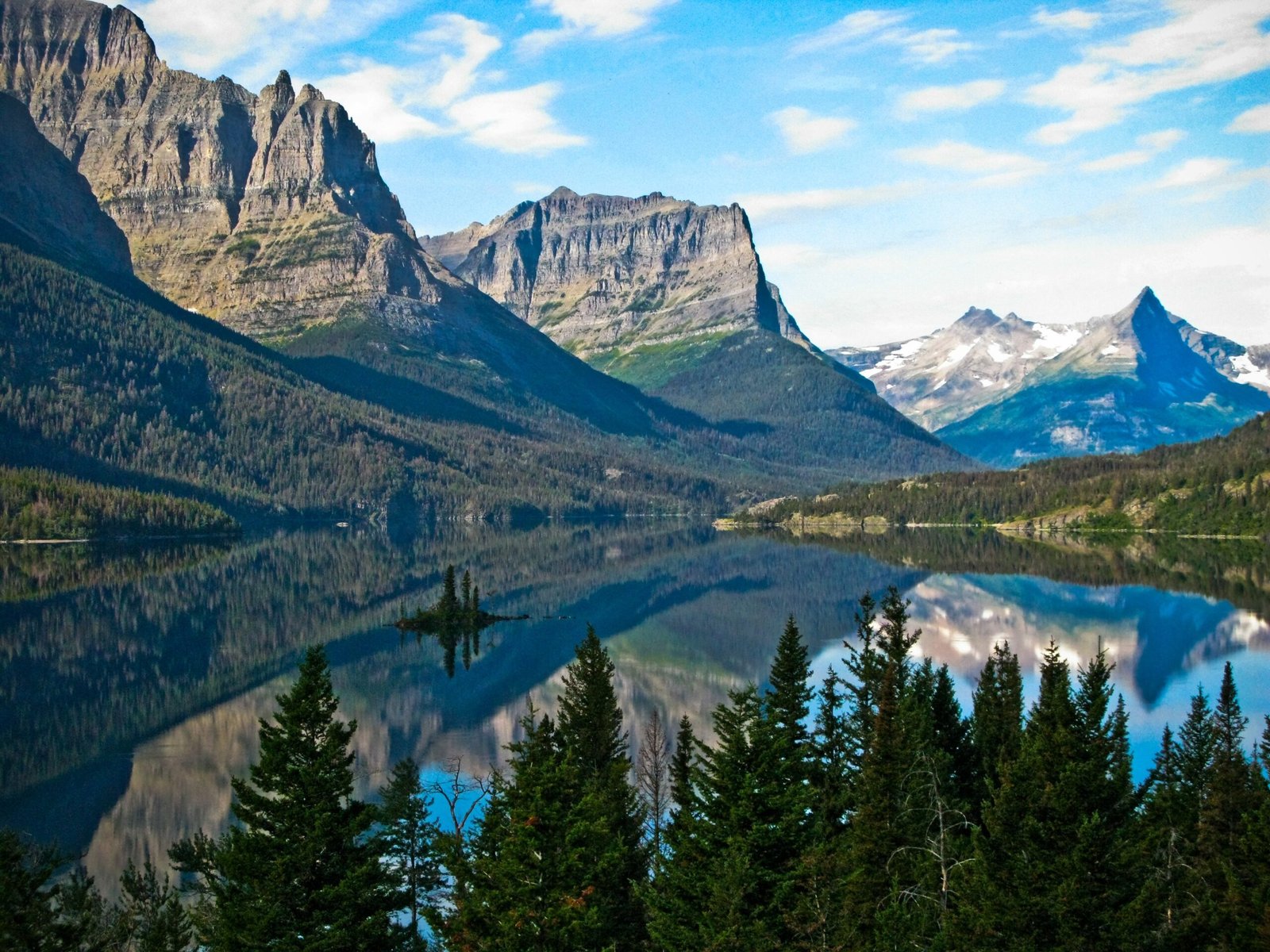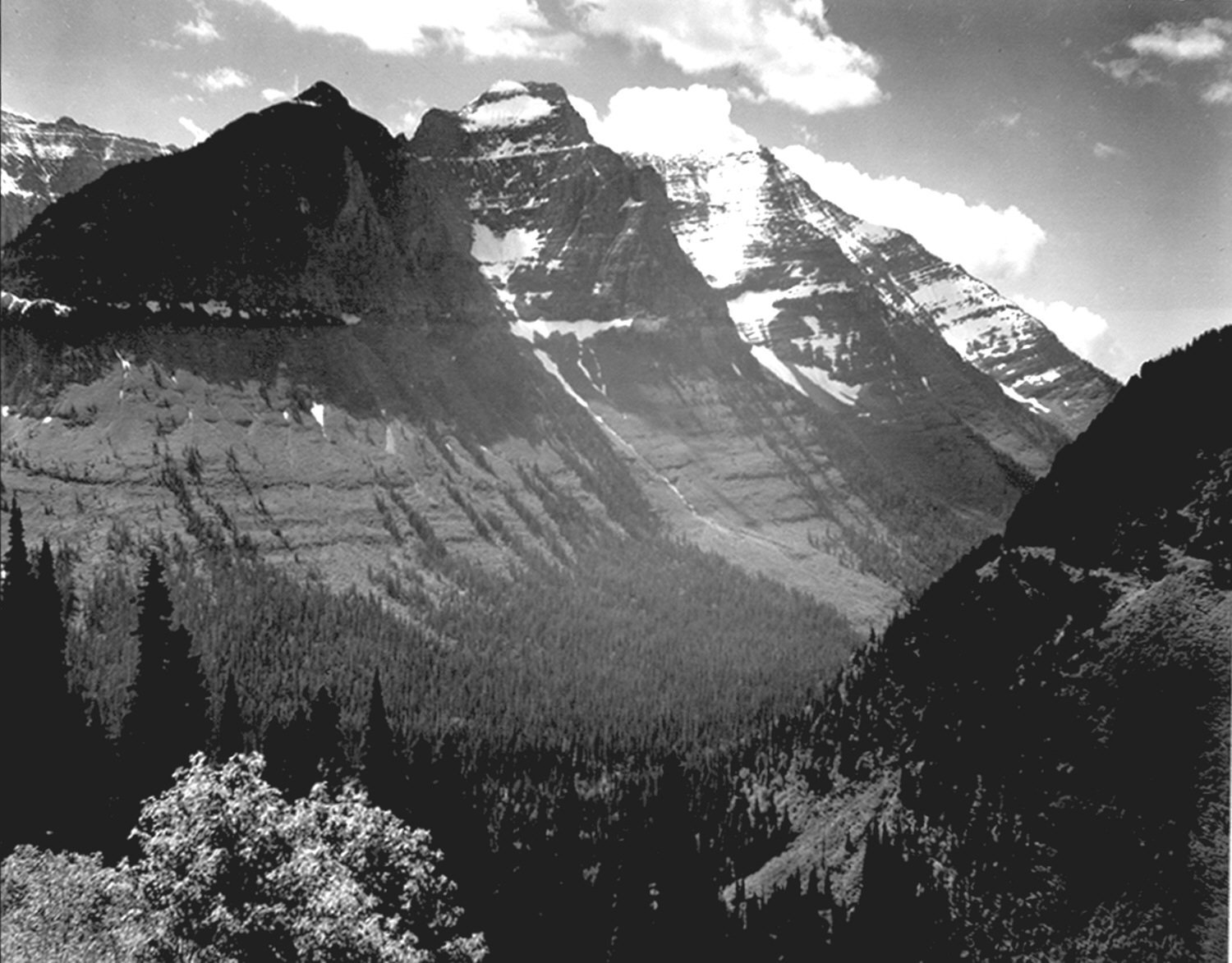West Glacier National Park offers some of the most challenging and rewarding hiking trails in the United States. These hard trails provide breathtaking views of glaciers, alpine meadows, and rugged mountain peaks. Hikers can expect steep ascents, exposed ridges, and demanding terrain that will test their endurance and skill. Popular hard trails include the Garden Wall/Highline Trail, Sperry Glacier via Gunsight Pass Trail, and Siyeh Pass Trail, each offering unique challenges and spectacular scenery.
West Glacier National Park is renowned for its stunning landscapes and challenging hiking trails. This guide will explore the most difficult trails in the western region of the park, providing essential information for adventurous hikers seeking to test their limits amidst breathtaking natural beauty.
What Are the Most Challenging Trails in West Glacier?

The western side of Glacier National Park boasts several trails that are considered hard or strenuous. Here’s a detailed look at some of the most challenging routes:
- The Garden Wall / Highline Trail
- Distance: 4.0 – 11.6 miles (Round Trip)
- Elevation Gain: Up to 2,830 ft
- Difficulty: Hard
-
Description: This trail offers panoramic views of the Livingston and Lewis Ranges. It passes through Glacier Basin and to Comeau Pass, with steep and exposed sections that demand caution.
-
Sperry Glacier via Gunsight Pass Trail
- Distance: 12.4 miles (Round Trip)
- Elevation Gain: Substantial
- Difficulty: Hard
-
Description: This challenging route leads to Sperry Chalet, Sperry Campground, and Sperry Glacier. Hikers must cross two passes and navigate varied terrain.
-
Siyeh Pass Trail
- Distance: 9.2 miles (Round Trip)
- Elevation Gain: Significant
- Difficulty: Hard
-
Description: The trail climbs steeply through meadows and talus slopes to reach Siyeh Pass and the Baring/Boulder Divide, offering stunning views of Sexton Glacier and surrounding peaks.
-
Gunsight Pass and Lincoln Passes
- Distance: 19.4 miles (One Way)
- Elevation Gain: High
- Difficulty: Hard
-
Description: This multi-day backpacking route traverses diverse landscapes, including Gunsight Lake and Lake Ellen Wilson, with views of towering peaks and glaciers.
-
Mt. Brown Lookout
- Distance: 10.2 miles (Round Trip)
- Elevation Gain: 3,000 ft
- Difficulty: Hard
- Description: A strenuous climb to a fire tower on Mt. Brown’s southwest ridge, offering panoramic views of the Lewis Range and Lake McDonald area.
What Gear is Required for These Hard Trails?

When tackling the challenging trails in West Glacier National Park, proper gear is essential for safety and comfort. Here’s a list of recommended equipment:
- Sturdy hiking boots with good ankle support
- Trekking poles for balance and stability
- Layered clothing for changing weather conditions
- Rain gear and sun protection
- Plenty of water and high-energy snacks
- First aid kit
- Navigation tools (map, compass, GPS device)
- Headlamp or flashlight
- Emergency shelter (for longer hikes)
For trails with snow or ice, additional gear may be necessary:
– Crampons or microspikes
– Ice axe (for steep, icy terrain)
– Gaiters to keep snow out of boots
How Long Do These Hard Trails Take to Complete?
The time required to complete these challenging trails varies based on fitness level, weather conditions, and time spent resting or taking in views. Here are estimated hiking times for some of the hard trails:
| Trail Name | Estimated Time |
|---|---|
| The Garden Wall / Highline Trail | 7-10 hours |
| Sperry Glacier via Gunsight Pass Trail | 8-10 hours |
| Siyeh Pass Trail | 6-8 hours |
| Gunsight Pass and Lincoln Passes | 2-3 days |
| Mt. Brown Lookout | 7 hours |
| Grinnell Glacier Overlook via the Highline Trail | 8-10 hours |
It’s crucial to start early and allow plenty of time to complete these trails before darkness falls.
What Are the Major Hazards on These Trails?
While the hard trails in West Glacier offer incredible experiences, they also present several hazards that hikers should be aware of:
-
Exposure and Steep Dropoffs: Many trails, especially the Garden Wall and Highline Trails, have sections with significant exposure and steep dropoffs. These areas require careful footing and a steady nerve.
-
Snow and Ice: Higher elevation trails often retain snow and ice well into the summer months. This can make navigation challenging and increase the risk of slips and falls.
-
Wildlife Encounters: The park is home to various wildlife, including grizzly bears and mountain goats. While seeing these animals can be thrilling, it’s important to maintain a safe distance and know proper wildlife safety protocols.
-
Rapidly Changing Weather: Mountain weather can be unpredictable, with conditions changing quickly. Be prepared for sudden storms, temperature drops, and potential lightning strikes at higher elevations.
-
Altitude Sickness: Some trails reach elevations where altitude sickness can become a concern. Be aware of the symptoms and descend if you start feeling unwell.
Where Can I Find Maps and Navigation Information?
Proper navigation is crucial when tackling the hard trails in West Glacier National Park. Here are some resources for maps and navigation information:
-
Glacier National Park Official Maps: Available at visitor centers and online through the park’s official website.
-
AllTrails: Provides detailed trail maps and GPS coordinates for various trails in West Glacier.
-
USGS Topographic Maps: Offer detailed terrain information for the entire park area.
-
Hiking Guidebooks: Many guidebooks specific to Glacier National Park provide trail descriptions and maps.
It’s recommended to use a combination of physical maps and digital resources. Always carry a physical map and compass as a backup, even if you’re using GPS devices or smartphone apps.
What Are the Parking and Access Options for These Trails?
Accessing the hard trails in West Glacier requires some planning, especially during peak season when parking can be limited. Here are some key points about parking and access:
-
Logan Pass Visitor Center: This is a popular starting point for several hard trails, including the Highline Trail. The parking lot is large but fills up quickly, especially in summer. Arrive early (before 8 AM) to secure a spot.
-
Lake McDonald Lodge: Offers parking and shuttle services to various trailheads. It’s a good alternative if other parking areas are full.
-
Apgar Visitor Center: Located near the West Glacier entrance, this is another option for parking and catching shuttles to trailheads.
-
Glacier National Park Shuttle System: A free shuttle service connects various points along Going-to-the-Sun Road, providing access to many trailheads. Check the park’s website for current schedules and stops.
Remember that some trailheads have limited parking, so having a backup plan is wise. Always check current conditions and any parking restrictions before setting out on your hike.
By thoroughly preparing and respecting the challenges these hard trails present, hikers can safely experience the awe-inspiring beauty of West Glacier National Park’s most demanding routes.
References:
1. Best Hikes in Lake McDonald / West Glacier – Hiking & Walking
2. Staying in West Glacier and didn’t realize that was a mistake – Reddit
3. Glacier National Park: Guide to the West Side – Erin Exploring